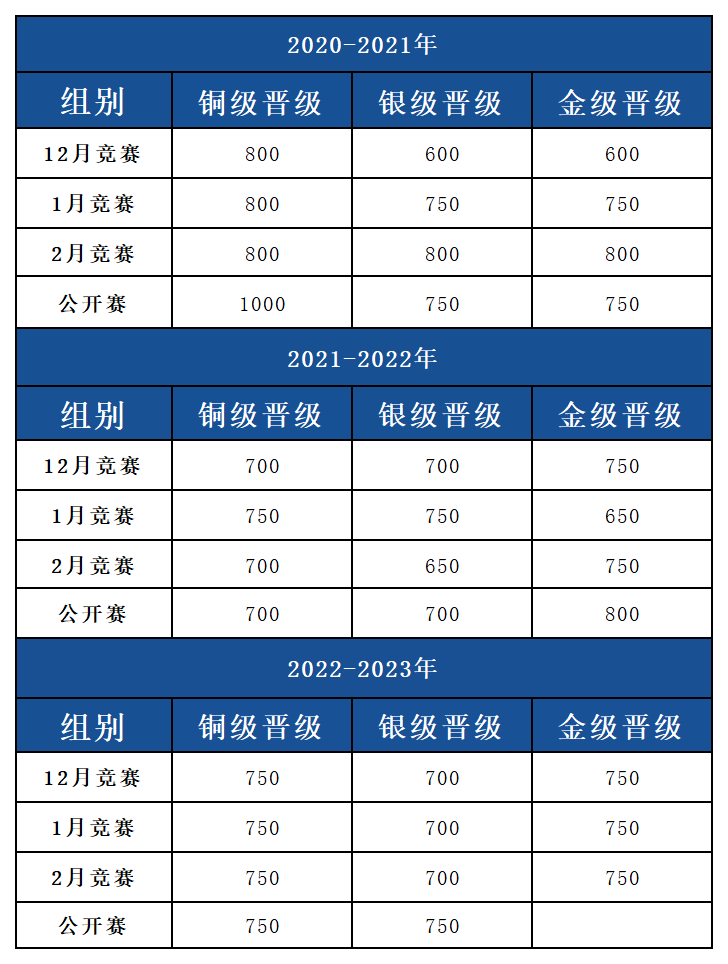USACO竞赛作为美国中学生计算机编程和算法竞赛的官方比赛,在申请美国大学时具有相当高的权重。许多美国顶尖大学把USACO作为评估学生计算机科学能力的重要指标之一。因此,通过参加USACO竞赛,学生能够更好地展示自己的计算机科学能力,提高被理想大学录取的机会。
在USACO竞赛中,选择什么语言更有优势取决于个人的偏好、熟练程度以及竞赛中的具体需求。以下是关于各种语言的一些优势和考虑因素:
C++:
- C++通常被认为是竞赛中最快的语言之一,因为它是一种静态类型语言,能够在编译时检查错误,并且具有高效的运行时性能。
- C++有强大的STL(标准模板库)和算法库,可以帮助简化代码,提高编程效率。
Java:
- Java具有更友好的语法和更多的内置功能,使其易于学习和编写。
- Java的垃圾回收机制可以减少内存管理的负担,使得在编程过程中更加专注于算法的实现。
Python:
- Python通常被认为是更加简洁和易于阅读的语言,其清晰明了的语法使得编程变得更加轻松。
- Python具有丰富的库支持,可以帮助简化代码,尤其适用于快速原型开发和解决问题。
在选择语言时,考虑以下因素可能会有所帮助:
- 个人熟练程度:选择自己最熟悉的语言,能够更快速地解决问题。
- 竞赛要求:了解比赛规则和要求,选择最符合要求的语言。
- 算法实现:考虑语言对于特定算法的实现难易程度,以及在竞赛中的运行效率。
USACO竞赛学习规划
01 学习基础算法:
- USACO竞赛的核心在于通过计算机思维解决问题,这体现在算法的运用上。
- 学习USACO的核心任务是掌握相应的算法。虽然铜级到银级所需的算法不多,但彻底掌握并非易事。
02 刷历年真题:
- 灵活运用算法是通过解决实际问题的训练来培养的。刷历年真题对提升算法应用能力至关重要。
- 刷题训练是必要的,只有熟练运用算法,才能在USACO竞赛中更轻松地取得好成绩。
03 找专业老师辅导:
- 专业老师的点拨和指导能够事半功倍。特别是在编程语言的学习中,掌握正确的问题解决方法至关重要。
扫码免费领取USACO计算机竞赛备考资料
金牌导师&精编讲义“强强联手”


思维导图

扫码咨询USACO长线备考班、冲刺班课程详情,了解课程优惠!











